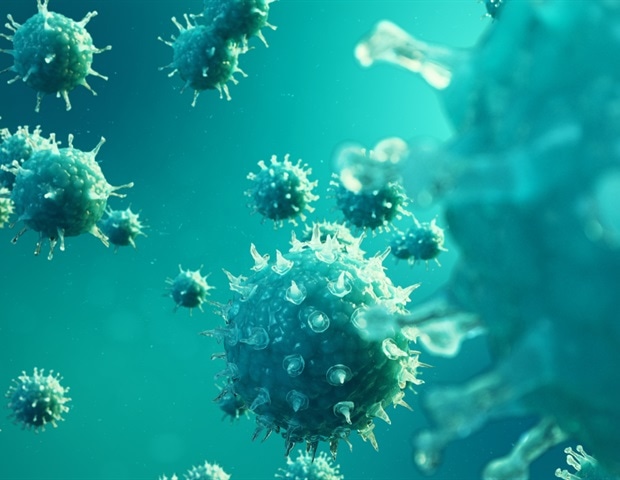In an evolving health landscape, emerging research continues to highlight concerns that could impact everyday wellbeing. Here’s the key update you should know about:
Addressing the question of whether and how immune cells (macrophages) in the central nervous system (CNS) traffic out, researchers have now identified a perineural pathway through which the HIV virus can redistribute throughout the body. The findings from a study in The American Journal of Pathology, published by Elsevier, shed light on how these cells travel from the brain through the body, reseeding HIV and sustaining inflammation despite treatment with antiretroviral therapy.
The CNS has long been considered anatomically and immunologically segregated from the rest of the body because of the presence of tight junctions, the perception of limited draining lymphatics, and the presence of the blood-brain barrier. However, the connection between the CNS and the peripheral nervous system (PNS, outside the blood-brain barrier) is often overlooked and not well understood.
Co-lead investigator Kenneth C. Williams, PhD, Morrissey College of Arts and Sciences, Biology Department, Boston College, explains, “In a monkey model of HIV, we injected two different colored nanoparticles directly into the cerebrospinal fluid—the protective liquid of the brain and spinal cord. These particles effectively labeled the CNS macrophages upon absorption. By using distinct colors, we could mark macrophages at different stages of infection—early versus late—and subsequently determine the specific routes these tagged cells used to exit the CNS.”
Not only did we discover that the macrophages can leave under noninfection conditions, but we also found that they exit via cranial and peripheral nerves.”
Robert V. Blair, PhD, DVM, co-lead investigator, Tulane National Primate Research Center
The CNS is recognized as a critical reservoir for viruses such as HIV and its monkey-equivalent SIV (Simian Immunodeficiency Virus), with perivascular macrophages being the primary HIV- and SIV-infected cells in the CNS. The new understanding of immune cell movement uncovered by this study reveals that this reservoir is not static but actively contributes to persistent viral activity and inflammation throughout the body.
“These results underline the importance of the connection between the CNS and PNS in immunity, particularly the impact of macrophage traffic on persistent myeloid activation in the dorsal root ganglia and peripheral nerves. Our findings provide critical insights that will inform new strategies in the challenge of eradicating HIV,” concludes co-lead investigator Zoey K. Wallis, PhD, Morrissey College of Arts and Sciences, Biology Department, Boston College.
Source:
Journal reference:
Wallis, Z. K., et al. (2025). Novel Perineural Pathways and the Dynamics of SIV-Infected Macrophage Trafficking Out of the Central Nervous System. The American Journal of Pathology. doi.org/10.1016/j.ajpath.2025.07.014
